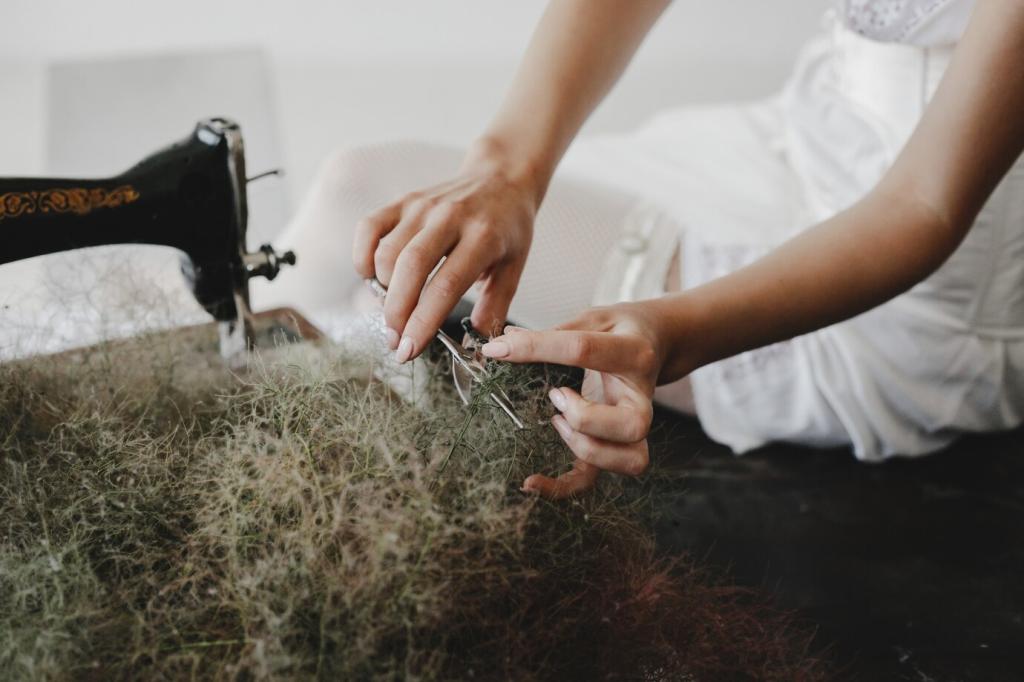Create the Right Environment
Aim for a stable space around room temperature with roughly 45–55% relative humidity. A small closet hygrometer can be surprisingly useful. Fluctuations cause stress on silk fibers, while high humidity encourages mold and mustiness that are difficult to reverse.
Create the Right Environment
Direct sunlight fades dyes and speeds yellowing. Store silk bedding away from windows, heating vents, and radiators. Even a translucent closet door can leak UV, so choose interior shelves or boxes that block light while letting the fabric breathe.







